Conclusion
Natural mumps and varicella infections are associated with acute cerebellar ataxia. Thus, mumps and varicella vaccines prevent ataxia by protecting against natural infection. Vaccines currently routinely recommended to the general population in the U.S.* have not been shown to cause ataxia.
Epidemiological Evidence
The 2012 report by the Institute of Medicine (IOM), now called the National Academy of Medicine (NAM), found no relevant studies of quality in the literature assessing an association between ataxia and measles, mumps, rubella, varicella, diphtheria, tetanus or pertussis vaccines, since the only applicable studies available either had serious methodological limitations or used passive surveillance systems and therefore lacked an unvaccinated comparison group 1.
A Vaccine Safety Datalink study published since the 2012 IOM report found a lowered risk of ataxia in the interval shortly after both MMR and MMRV (ProQuad®) vaccination versus the comparison interval of 57 to 180 days after vaccination 2. Per the 2007 ACIP recommendations, acute cerebellar ataxia has been previously described as potentially associated with single-antigen varicella vaccine (Varivax®); however, available data are insufficient to determine a causal association 3.
Proposed Biological Mechanism
Wild-type mumps and varicella infections are associated with cerebellar ataxia, and wild-type measles virus is known to invade the central nervous system1. MMR and varicella vaccines are live attenuated viral vaccines, and are therefore able to replicate in the body. Although it is biologically possible for these live vaccines to cause ataxia, the available evidence has not demonstrated an increased risk. For more information, see the Measles, Mumps and Rubella and Varicella summaries.
The 2012 IOM report described one case of ataxia after measles vaccination 4; however, even after considering knowledge about natural measles, mumps and varicella infections, the IOM concluded that this mechanistic evidence was weak. The IOM also concluded that there was no mechanistic evidence for an association between ataxia and rubella, diphtheria, tetanus or pertussis vaccines, as the publications reviewed provided no evidence beyond a temporal association 1.
* These conclusions do not necessarily consider vaccines recommended only for special populations in the United States such as Yellow Fever vaccine (international travelers) or Smallpox vaccine (military personnel), or vaccines no longer recommended to the public such as the Janssen (J&J) COVID-19 vaccine.
References
1. Institute of Medicine. In: Stratton K, Ford A, Rusch E, Clayton EW, eds. Adverse Effects of Vaccines: Evidence and Causality. Washington (DC): National Academies Press (US); 2012.
2. Klein NP, Lewis E, Fireman B, Hambidge SJ, Naleway A, Nelson JC, Belongia EA, Yih WK, Nordin JD, Hechter RC, Weintraub E, Baxter R. Safety of measles-containing vaccines in 1-year-old children. Pediatrics 2015; 135(2): e321-9.
3. Marin M, Guris D, Chaves SS, Schmid S, Seward JF. Prevention of varicella: recommendations of the Advisory Committee on Immunization Practices (ACIP). MMWR Recomm Rep 2007; 56(Rr-4): 1-40.
4. Landrigan PJ, Witte JJ. Neurologic disorders following live measles-virus vaccination. Jama 1973; 223(13): 1459-62.

